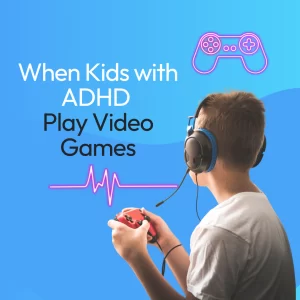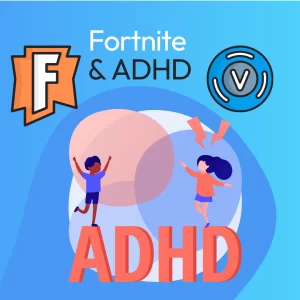At the second level of our Positive Behavioral Interventions & Support, we take aim at the first group of students not supported by our Universal Interventions. Although posted speed limit signs are enough for most drivers, think of Tier 2 interventions as the occasional speed-trap. Speeding tickets, a consequence in and of themselves, are actually preventative. Cars traveling above posted speed limits can pose a danger to themselves and others on the road. Speeding tickets, in this case, are really an attempt to deter problem behavior before an accident happens and people get hurt. Our Tier 2 interventions function the same way. These interventions are aimed at increasing academic compliance, social competence, and student well-being. “Punishing” students who are failing to “play by the rules” is not the goal of this intervention, nor should it be the mindset of the educators.
Key Features of Tier 2 Interventions
Students can receive several types of intervention in the second tier. Teachers and counselors can provide increased instruction, practice self-regulation, and also teach social skills to students. Students who struggle following Universal Interventions require further support. Knowing when, where, and under what conditions different skills are required are often the culprits. Teaching Tier 2 students to regulate their behavior and emotions can really aid in their ability to remain compliant and motivated to engage productively in the classroom. Coupling students together can be an effective way for students to learn appropriate behavior. And increasing adult supervision and feedback are other ways to add additional support to struggling students.
Some specific examples
Some of the above mentioned tasks are easier said than done. Increasing adult supervision, for example, is not as simple as adding another adult to a classroom. (A collective chuckle emits from teachers across the country.) Instead, increasing supervision literally looks like the teacher increasing contact with a select group of students. Changing seating arrangements in the classroom, or adults moving about the classroom more frequently and engaging students on a one-on-one basis might be a couple of ways to meet this goal. Moving about the classroom creates the opportunity for more benefits. Increasing positive feedback to students is known to facilitate adaptive behavior. Reinforcing positive behavior is one of the best things we can do to maintain it.
As we increase our verbal communication with students, another benefit emerges: pre-correction. In a classroom where the teacher is verbal with their students, there can be a constant review of expectations. A verbal statement made to an entire class (e.g., “I really appreciate how quietly you are reading during free-reading time”) can serve to both reinforce those who are quietly reading, and remind those who may be prone to distraction what the expectation of the moment is. Compared to calling out a disruptive student, we get the benefit of the remainder and avoid embarrassing the student publicly. Reminders can be powerful tools.
Identifying the students who need support
Engaging a student in a more specific way should not require crisis-style thinking. We should be able to step-in, provide support, and step-back just as quickly. Framing a Tier 2 intervention as a long-term consequence may not be effective. These interventions should be available quickly. They should be executable by the teachers. And they should be effective for the students. Office referrals can identify students. Parent referrals also might be useful. Lastly, teachers should be able to nominate students who are in need of further support. While working with students in the coming weeks, reflect on the amount of pre-correction that might take place. Consider the students who require a bit more support, and think of some small things that could be done to provide that extra bit of support.



